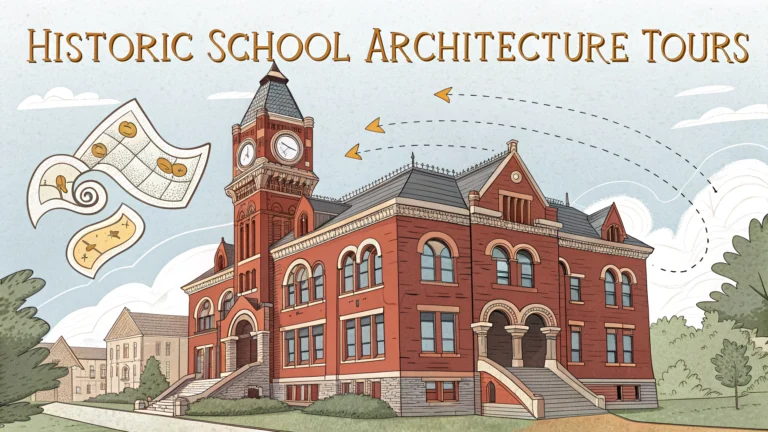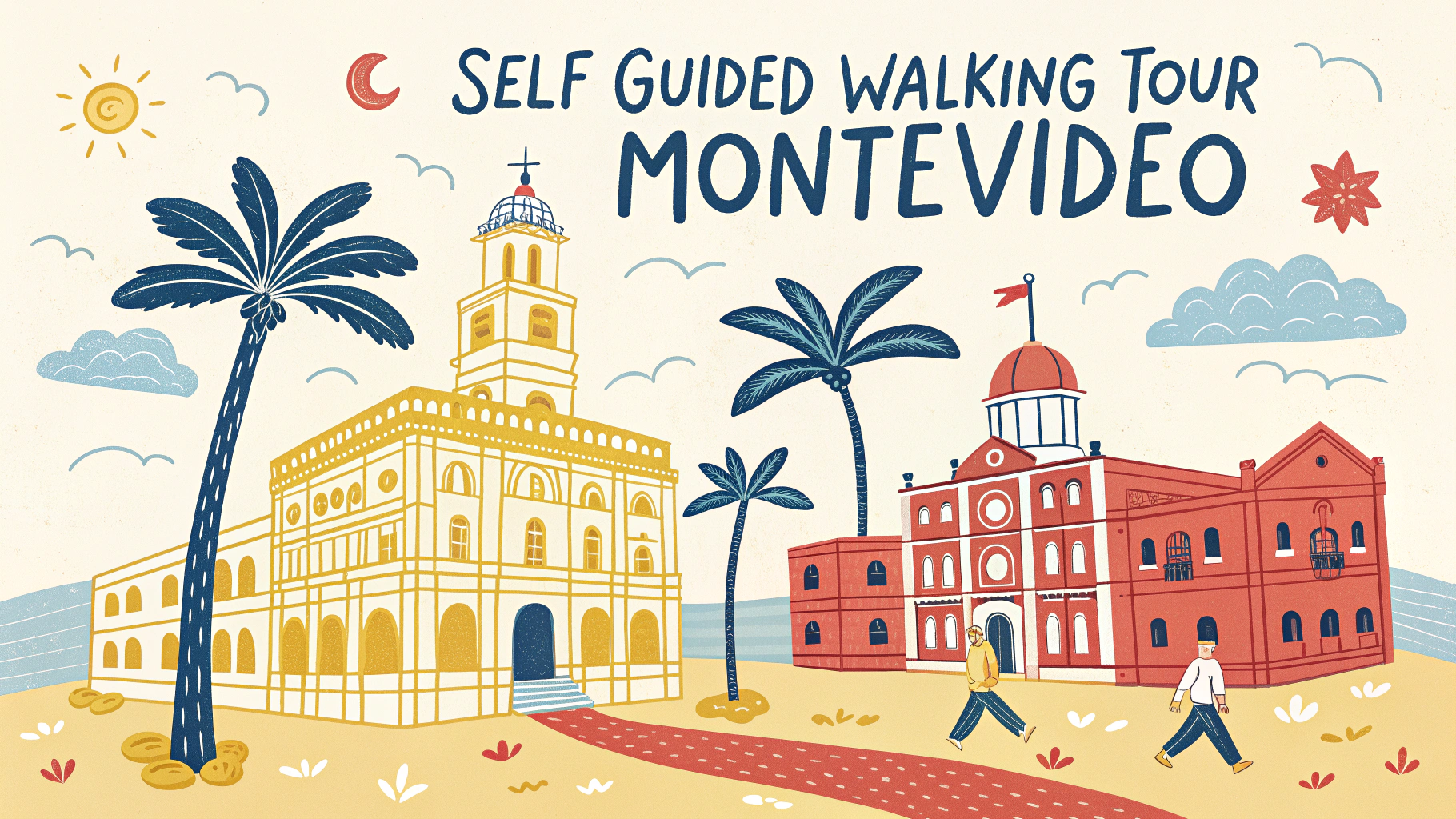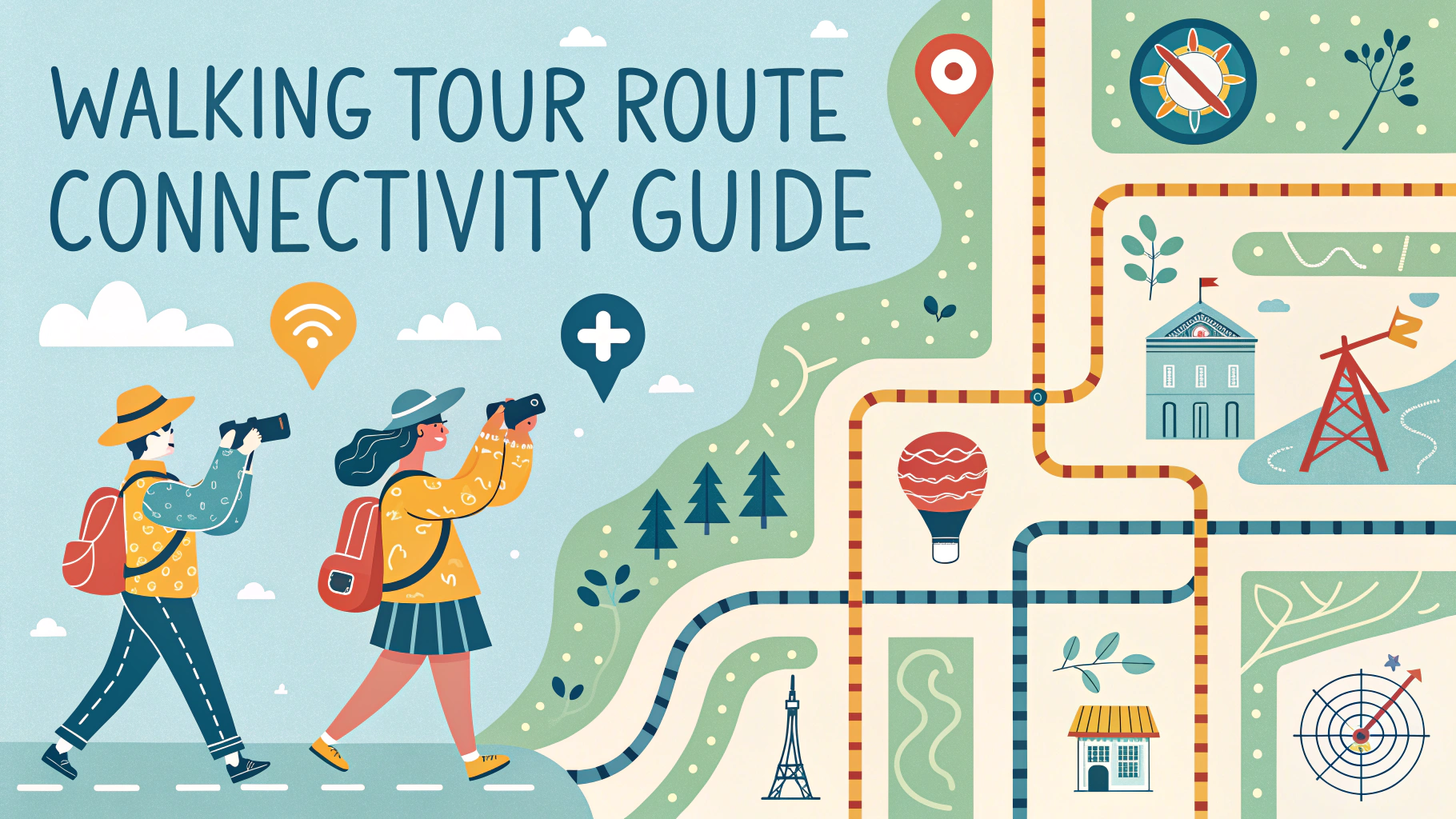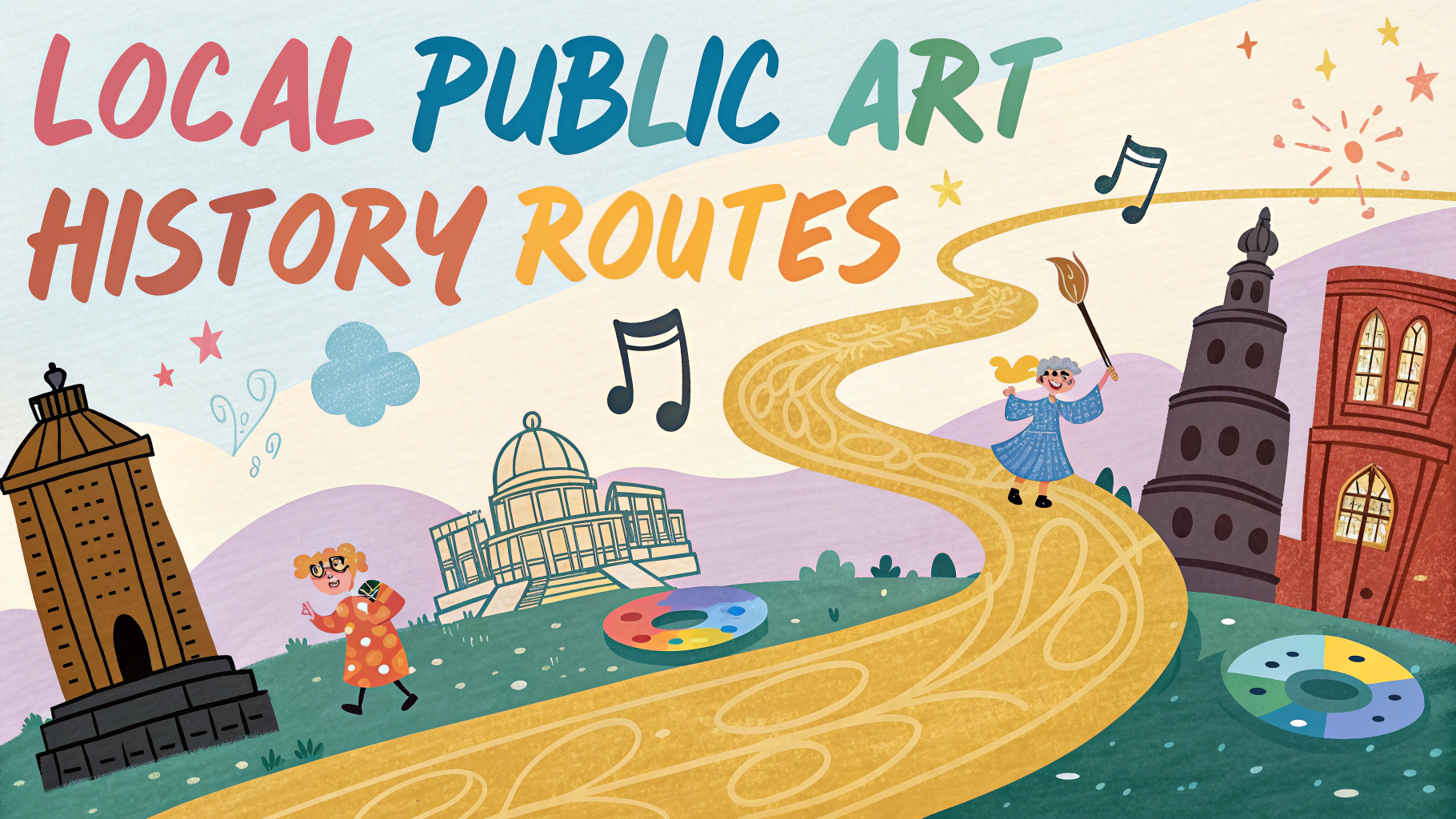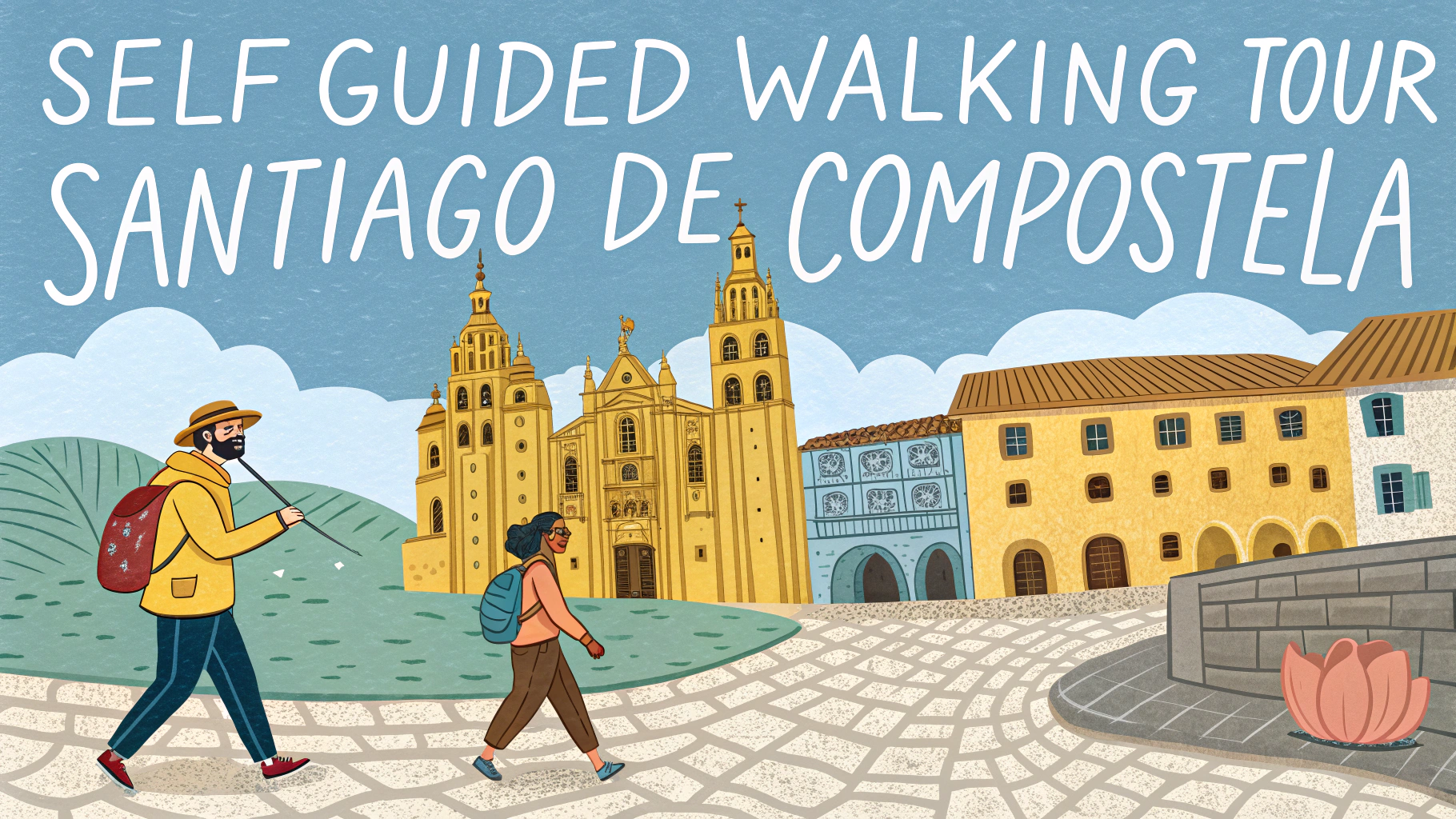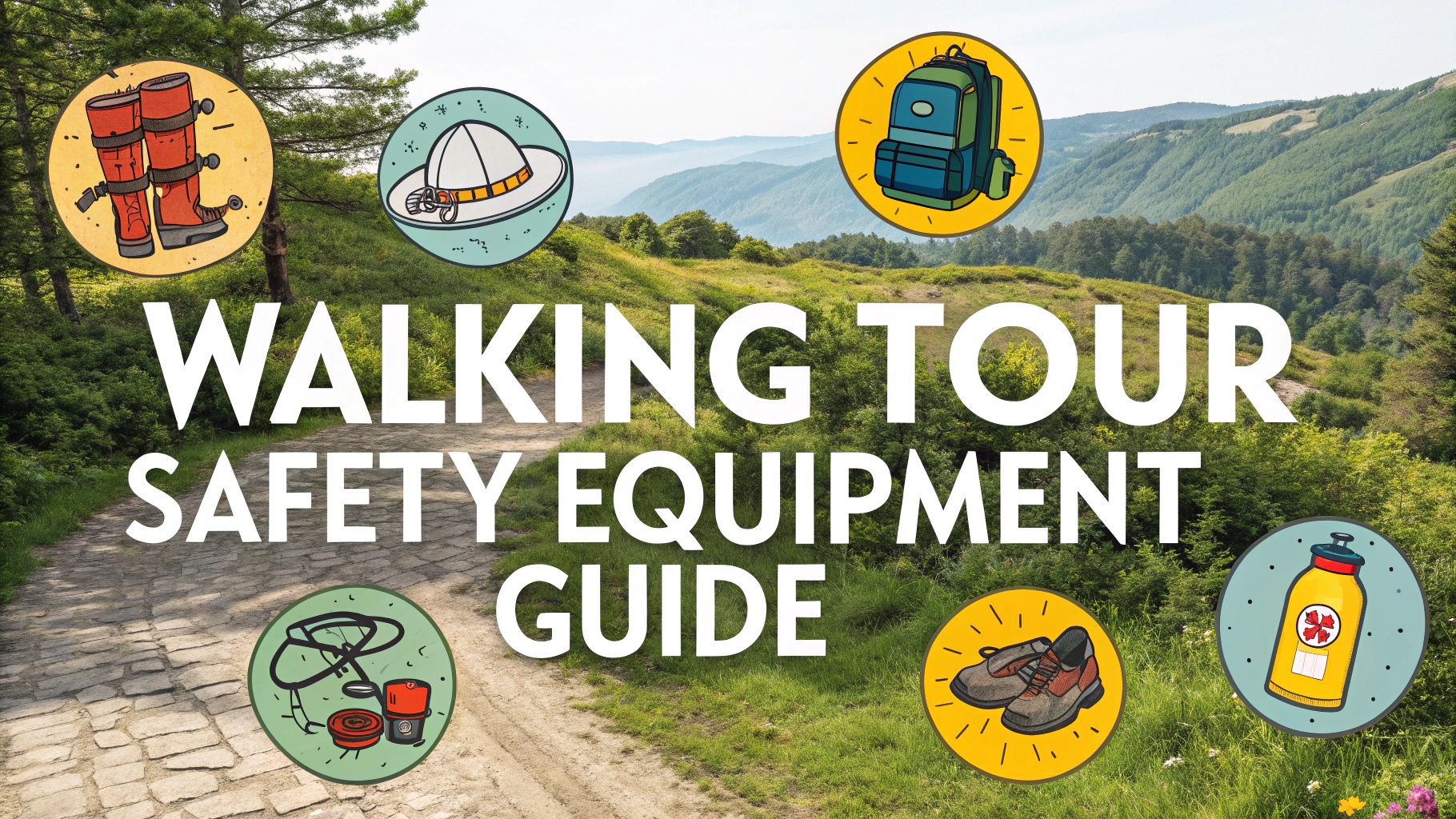Historic school architecture tours offer a fascinating glimpse into educational heritage while showcasing remarkable design features from different architectural periods.
Planning Your Self-Guided School Architecture Tour
Research local historic schools through your city’s preservation office or historical society to create your walking route.
- Download area maps and mark significant buildings
- Check building accessibility and opening hours
- Bring a camera for documentation
- Wear comfortable walking shoes
- Pack water and snacks
What to Look For
- Architectural Elements:
- Decorative cornices and moldings
- Original windows and doorways
- Bell towers and cupolas
- Carved stone details
- Historic plaques and cornerstones
Best Time for Tours
Weekend mornings typically offer the best lighting for photography and fewer disruptions for active school buildings.
Photography Tips
- Capture wide-angle shots of entire facades
- Focus on unique architectural details
- Document date stones and building markers
- Take photos in morning or late afternoon light
Resources for Research
- National Register of Historic Places database
- Local library archives
- Historical society collections
- University architecture departments
Safety and Etiquette
- Request permission before entering active school grounds
- Stay on public sidewalks and paths
- Respect private property boundaries
- Keep noise levels down near occupied buildings
Documentation Tools
- Notebook for observations
- Mobile device for research
- Camera with wide-angle lens
- Voice recorder for notes
Contact your local preservation society or historical organization for detailed information about specific buildings and access requirements.
Common Architectural Styles
| Period | Style | Features |
|---|---|---|
| 1850-1880 | Gothic Revival | Pointed arches, steep roofs |
| 1880-1900 | Romanesque | Round arches, heavy stonework |
| 1900-1920 | Classical Revival | Columns, symmetrical design |
| 1920-1940 | Art Deco | Geometric patterns, stepped facades |
Additional Features to Document
- Interior Elements:
- Original woodwork and trim
- Historic staircases
- Period lighting fixtures
- Preserved classroom features
- Original floor tiles or materials
Seasonal Considerations
Spring and fall provide ideal conditions for architectural photography and walking tours. Winter offers clearer views of structural details when trees are bare, while summer greenery can enhance overall composition.
Preservation Challenges
- Maintenance of historic materials
- Modern safety code compliance
- Accessibility upgrades
- Climate control integration
- Cost of restoration
Educational Value
Historic school architecture tours provide insights into:
- Educational evolution
- Community development
- Local craftsmanship
- Cultural values
- Urban planning history
Conclusion
School architecture tours offer valuable perspectives on educational and architectural heritage. Through careful planning and documentation, visitors can experience and preserve these important historical landmarks for future generations. Regular communication with preservation societies and respect for active educational spaces ensures sustainable architectural tourism.
Additional Resources
- Local preservation guidelines
- Architecture glossaries
- Period-specific building guides
- Community heritage groups
FAQs
- What is the best time of year to take a historic school architecture walking tour?
Fall and spring are ideal, when schools are in session but weather is mild. Many historic schools are still active educational facilities, so visiting during academic year provides authentic atmosphere while respecting school operations. - What architectural styles are commonly found in historic school buildings?
Historic schools often feature Gothic Revival, Romanesque Revival, Colonial Revival, and Art Deco styles, with many built between 1880-1930 displaying elaborate masonry, towers, and decorative elements reflecting civic pride. - How long does a typical historic school architecture walking tour take?
Self-guided tours typically take 2-3 hours to complete when visiting 4-6 schools, allowing time for exterior observation, photography, and reading historical information at each location. - What should I bring on a self-guided historic school architecture tour?
Essential items include comfortable walking shoes, a camera, tour map or mobile device with GPS, water bottle, weather-appropriate clothing, and a notebook for sketching or taking notes. - Are historic school buildings typically accessible to the public?
Exterior viewing is generally permitted from public sidewalks and streets. Interior access varies by location – active schools require advance permission, while some converted historic schools may be open to the public. - What architectural features should I look for during the tour?
Key features include cornerstone dates, bell towers, elaborate entranceways, terracotta details, carved stonework, original windows, decorative brickwork, and period-specific architectural elements. - Where can I find maps and information for self-guided historic school tours?
Local historical societies, preservation organizations, city planning offices, and architectural heritage websites often provide maps, guides, and historical information for self-guided tours. - How can I photograph historic school buildings effectively?
Photograph during early morning or late afternoon for best lighting, capture both overall views and architectural details, and respect privacy by avoiding photographing students or school activities. - What is the historical significance of these school buildings?
Historic schools reflect educational values, community growth, architectural trends, and social history of their era. Many were designed by prominent architects and built as symbols of civic pride and educational progress. - How can I learn about preservation efforts for historic school buildings?
Contact local preservation organizations, attend community meetings about historic buildings, research National Register of Historic Places listings, and connect with school district facilities departments.
